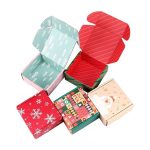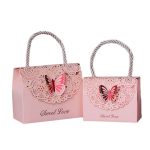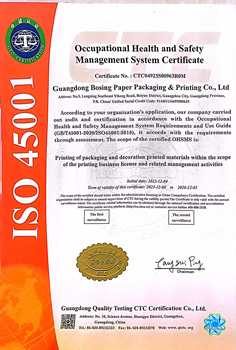In the digital age where tablets have become ubiquitous tools for work, entertainment, and creativity, the competition in the market has never been fiercer. While technological specifications and sleek designs capture attention, there’s an often-underestimated hero in the product journey: the tablet packaging box. More than just a container, it serves as the first physical touchpoint between your brand and the consumer, making it a critical element in shaping perceptions and driving engagement.
Imagine unboxing a new tablet. The experience begins not when you power on the device, but the moment you lay eyes on the packaging. A well-designed tablet packaging box evokes curiosity, excitement, and anticipation. It tells a story—one of quality, attention to detail, and innovation. For brands, this is an invaluable opportunity to communicate their values and differentiate themselves in a saturated market. From minimalist, eco-friendly designs to bold, vibrant graphics, the packaging sets the tone for what lies inside.
Durability and functionality are non-negotiable aspects of tablet packaging. Tablets are delicate devices, susceptible to scratches, impacts, and environmental factors during shipping and handling. A robust packaging box made from high-quality materials like corrugated cardboard, rigid paperboard, or even custom-molded foam ensures that the product arrives in pristine condition. Beyond protection, thoughtful features such as easy-open mechanisms, organized compartments for accessories, and reusable designs enhance the user experience, fostering brand loyalty and positive word-of-mouth.
Sustainability is no longer a niche concern but a mainstream expectation. Modern consumers are increasingly conscious of their environmental footprint, and they expect brands to share this responsibility. Tablet packaging boxes crafted from recycled materials, using soy-based inks, or designed for easy recycling align with these values. Brands that prioritize eco-friendly packaging not only contribute to environmental conservation but also resonate deeply with a growing demographic of environmentally aware customers, turning a simple box into a statement of corporate responsibility.
From a marketing perspective, the tablet packaging box is a silent salesman. It sits on retail shelves, in warehouses, and in homes, continuously representing the brand. Customization options such as embossing, foil stamping, window cut-outs, or unique structural designs can make the packaging stand out, capturing attention and encouraging impulse purchases. Moreover, including QR codes or augmented reality elements on the box can bridge the physical and digital worlds, offering users interactive experiences like setup tutorials, promotional offers, or brand stories.
The unboxing experience has become a cultural phenomenon, thanks in part to social media platforms like YouTube and Instagram, where influencers and consumers share their reactions to new products. A memorable tablet packaging box can generate organic publicity, as users eagerly post videos and photos of their unpacking journey. This free marketing amplifies brand visibility and creates a sense of community among users. Investing in aesthetically pleasing and functional packaging is, therefore, an investment in viral potential and brand advocacy.
In conclusion, the humble tablet packaging box is far more than a mere container. It is a multifaceted tool that protects the product, enhances the user experience, promotes sustainability, and markets the brand. In an era where first impressions are crucial, overlooking the power of packaging is a missed opportunity. By prioritizing innovative, consumer-centric, and eco-conscious designs, brands can transform their tablet packaging into a compelling asset that delights customers and drives long-term success.




Leave a Message